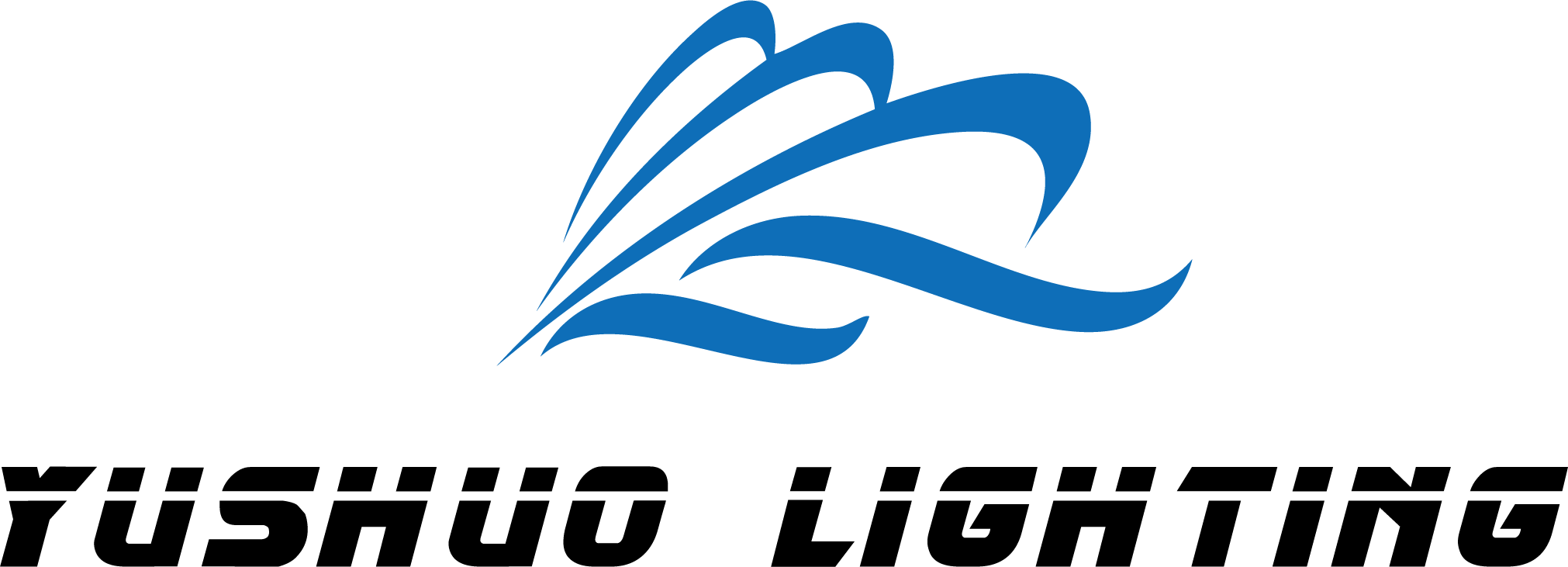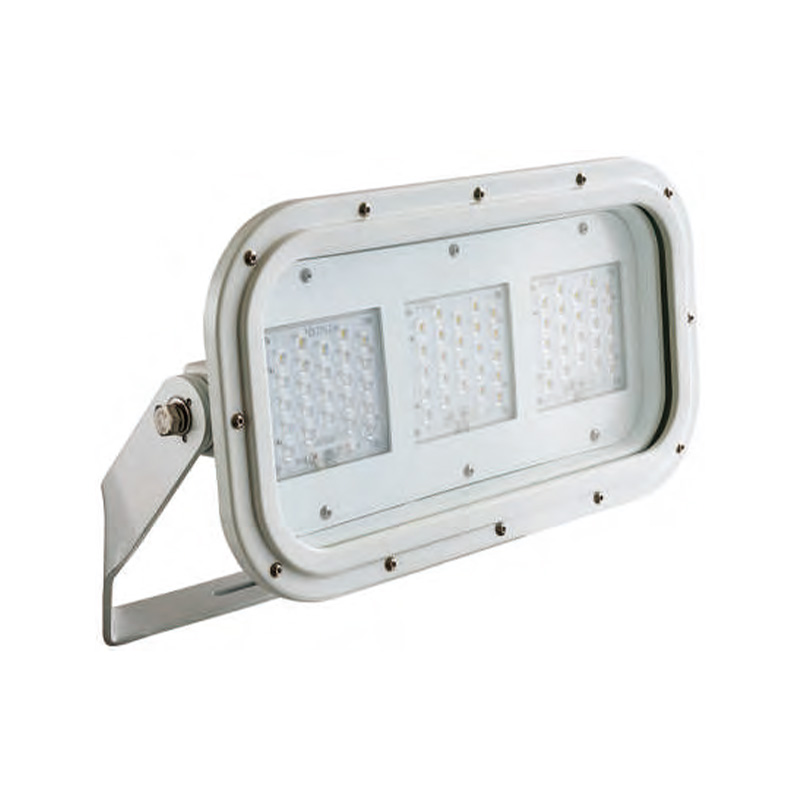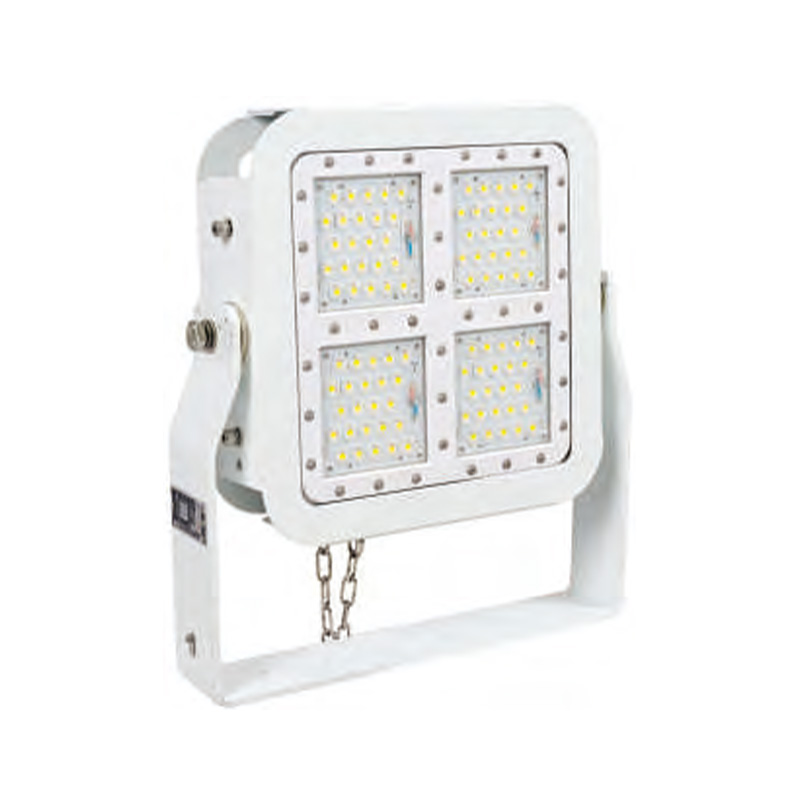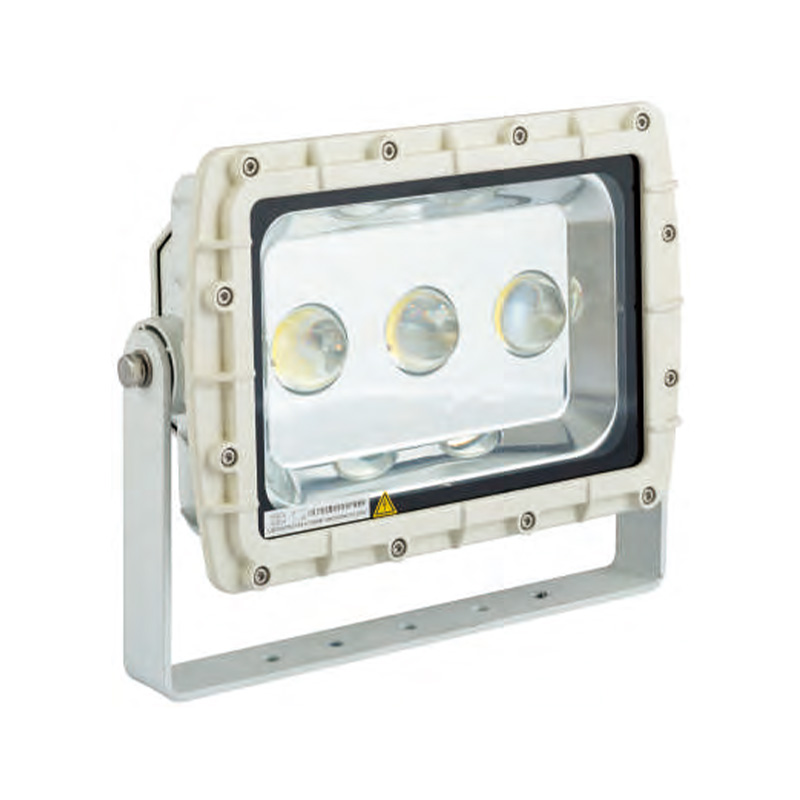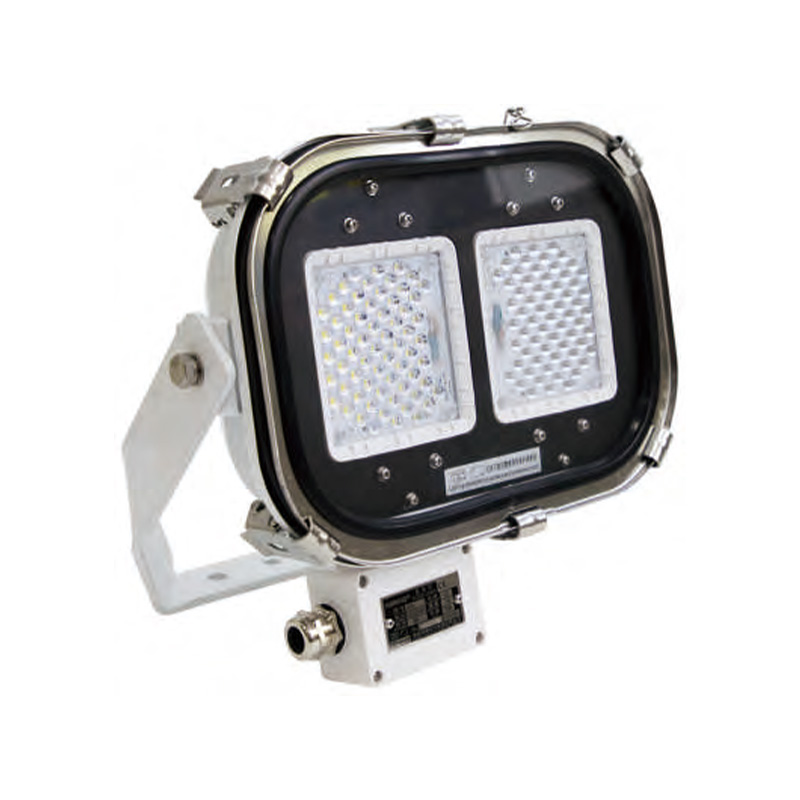IP68/IP69K Rated Marine Spotlights: What You Need to Know
In the harsh and uncertain marine conditions, lighting systems need to endure extreme exposure to salt, water and vibration and high-pressure cleaning. Marine spotlights become more and more critical in ensuring navigational safety, vessel operation, and offshore operations, especially in low-light or night conditions. To ensure maximum security, marine professionals are increasingly opt for IP68 and IP69K rated spotlights that provide superior protection for vessel navigation.
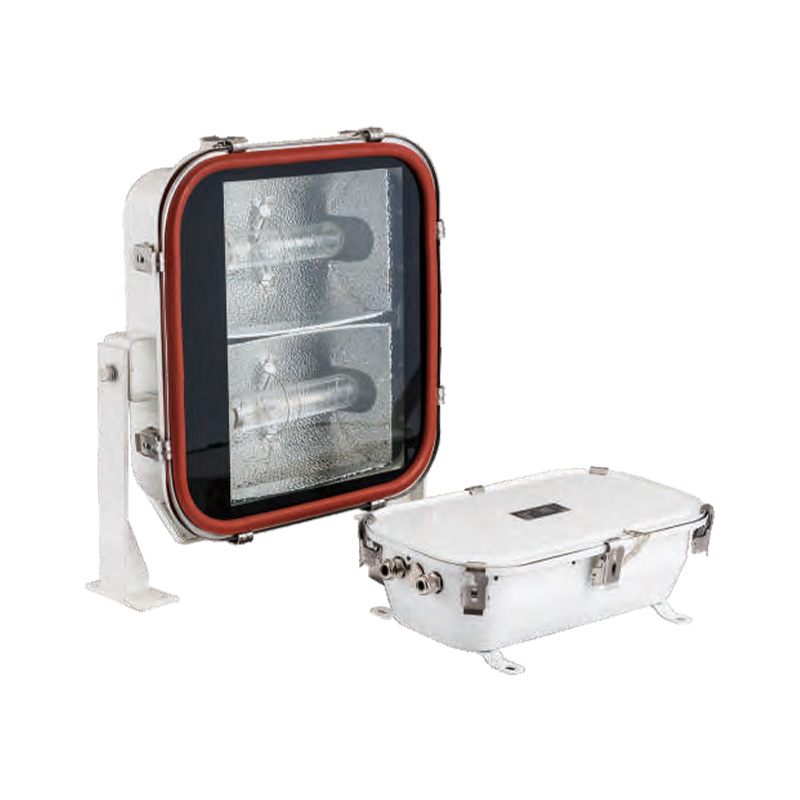
Table of Contents
Understanding IP68 and IP69K Ratings
What is an IP Rating
The IP (Ingress Protection) rating is a standard code that is defined by the International Electrotechnical Commission (IEC). It shows the degree of protection that an electrical device can provide against intrusion by particles of solid matter (like dust) and liquids (like water).
The IP rating is comprised of two numbers:
- The first number indicates the protection against solids (ranging from 1 to 6).
- The second digit indicates protection from fluids (ranging between 0 and 9K).

What Does IP68 Mean
IP68 rated marine lighting equipment gives the highest degree of security against the impact of solids (level 6 dust-tight) and also a high degree of resistance to water (level 8, which is the highest level of water resistance).
- Dust protection (6): Total protection against dust entry and ensures that no dust particles get into the device.
- Water Protection (8): Protects against continuous submersion in water. The precise depth and duration is determined by the manufacturer. However, generally the devices are able to be immersed for more than 1 meters (often three meters and more) without causing damage.
For marine applications, that means that the spotlight is able to withstand splashes from waves as well as rain storms and accidental submersion.
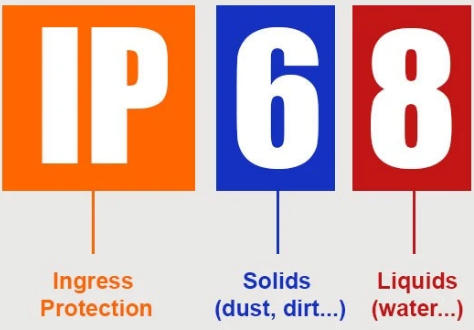
What Does IP69K Mean
IP69K is the most prestigious rating for protection from water intrusion, and it also offers all-round protection from dust.
- Dust Prevention (6): Like IP68, it’s dust-proof.
- Water Protection (9K): The device can withstand high-pressure and high-temperature water jets. This is a simulation of cleaning processes in which the hot liquid is spray in close range with powerful sprayers.
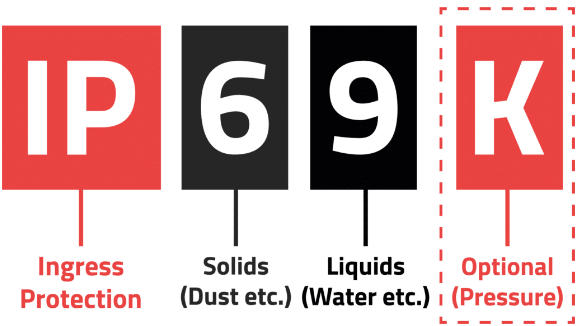
This rating is especially important on vessels and offshore platforms that undergo frequent high-pressure washdowns to maintain hygiene and prevent corrosion.
What are the Key differences between IP68 vs. IP69K
| Aspect | IP68 | IP69K |
| Protection Against Solids | Dust-proof and completely dust-free (Level 6) | Fully dust-tight (Level 6) |
| Protection Against Liquids | Protection against constant submersion in the water (Level 8) | Protection against high-temperature, high-pressure sprays of water (Level 9K) |
| Water Exposure Type | Submersion of the water for an extended duration and at a greater depth | High-pressure water spray with a close distance Hot water (up to 80°C) |
| Typical Testing Conditions | The depth of the pool is greater than 1 meter Duration as per specifications of the manufacturer | Water jets at 80-100 bar pressure, various angles (0°, 30°, 60°, 90°) |
| Primary Use Cases | Underwater devices, submerged equipment | Equipment and vehicles that need regular pressure washing |
| Key Strength | Long-term waterproofing | Resistance to a scathing washdown and cleaning |
| Design Focus | Seals against the ingress of water during submersion | The seal is designed for abrasion resistance to mechanical water impacts with high pressure |
| Common Applications | Sensors for marines, lighting underwater | Marine decks Industrial washdown areas commercial vehicles |
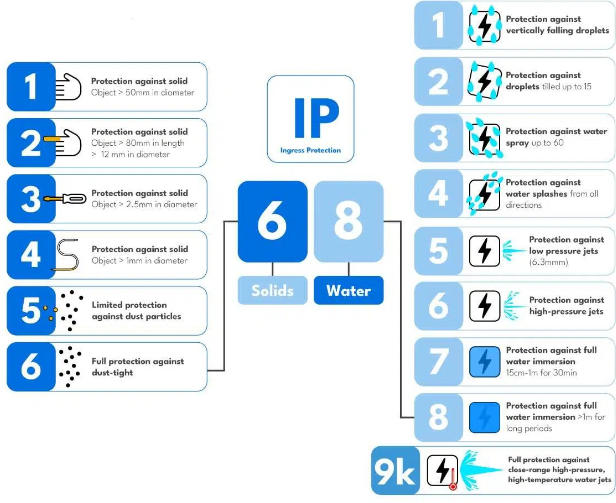
Why IP68/IP69K Marine Spotlights are Important
1. Uncompromised Waterproof Performance
Marine spotlights are exposed to saltwater along with heavy rain as well as high levels of humidity. A IP68 rating guarantees that the light source can withstand continuous and extended submersion, ensuring reliable illumination even in the midst of storms or flooding. This is especially important for vessels that are operating in rough seas, or for offshore facilities in which submersion to the sea is a necessity.
2. Resistance to High-Pressure Cleaning
Cleaning and maintenance of equipment onboard typically require regular washing downs using the high pressure water jets. IP69K rated spotlights can endure the rigorous cleaning processes without causing internal damage. This feature is crucial for commercial boats, fishing boats and oil platforms in which pressure washing is commonplace.
3. Dust and Particle Protection
Sea environments not only carry water, as well as fine salt, sand and even debris. In both IP68 and IP69K, the “6” in both IP68 and IP69K ensures total dust-tight security. This means that the electronics inside remain protected from contamination that can cause performance degradation in time or cause corrosion.
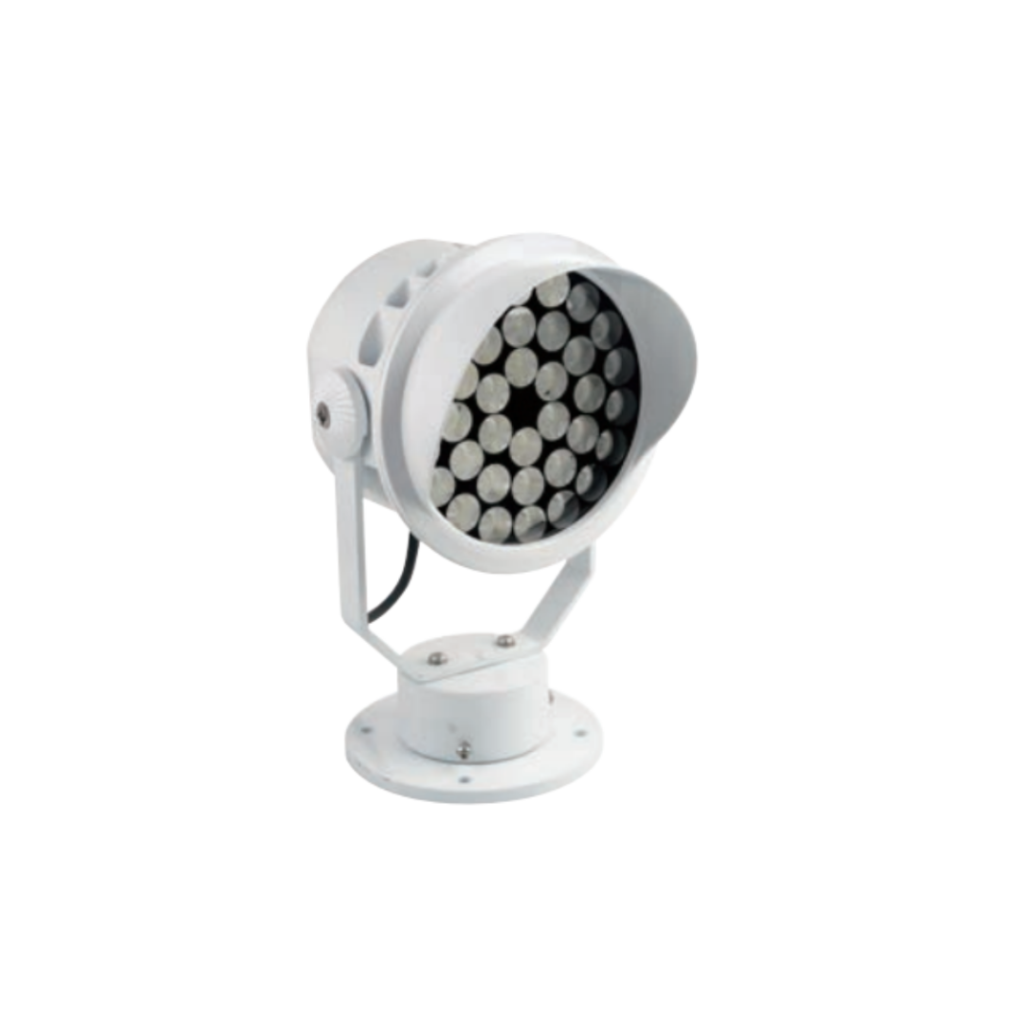
4. Enhanced Safety and Operational Efficiency
A clear view is essential to ensure safe docking, navigation as well as nighttime operations. IP68/IP69K spotlights guarantee steady, reliable lighting even in the heaviest conditions. This helps reduce the chance of accidents, and increases the effectiveness of tasks such as search and rescue, cargo handling or equipment inspections on deck.
5. Long-Term Cost Savings
Through their resistance to the effects of environmental exposure as well as mechanical cleaning IP68/IP69K-rated spotlights cut down on maintenance time and can extend their service life. This results in lower replacements, fewer downtimes and lower operational costs overall. This is an crucial consideration for maritime companies operating commercially.
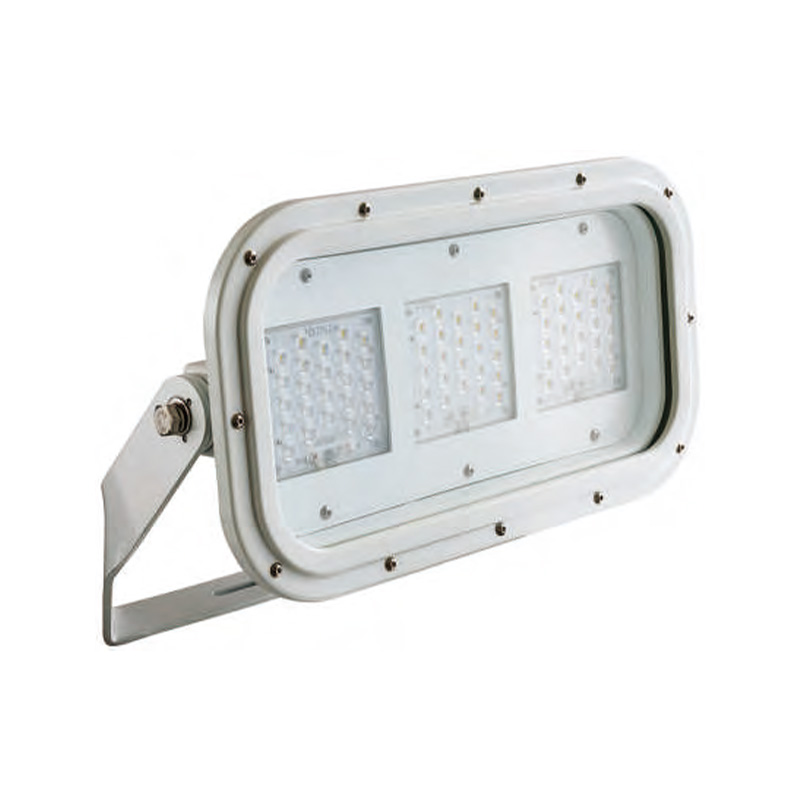
Key Features of IP68/IP69K Marine Spotlights
IP68/IP69K marine spotlights are designed with high-performance features that guarantee consistent performance even under the harshest conditions.
1. Superior Ingress Protection
The primary feature of IP68/IP69K marine spotlights lies their outstanding resistance to dust and water. The IP68 rating ensures protection against all dust penetration and extended immersion in water. Likewise, the IP69K rating guarantees that the spotlight will withstand high-temperature, high-pressure water jets. This double-level of protection is crucial for spotlights installed in places that require submersion or other powerful cleaning procedures are typical.
2. Corrosion-Resistant Materials
Marine environments speed up corrosion because of the constant exposure to humidity, salt spray in addition to UV radiation. IP68/IP69K spotlights are generally made of marine-grade materials like anodized aluminum stainless steel and reinforced polycarbonate. These materials are resistant to corrosion from environmental and chemical sources and ensure structural integrity for a long time and aesthetics.
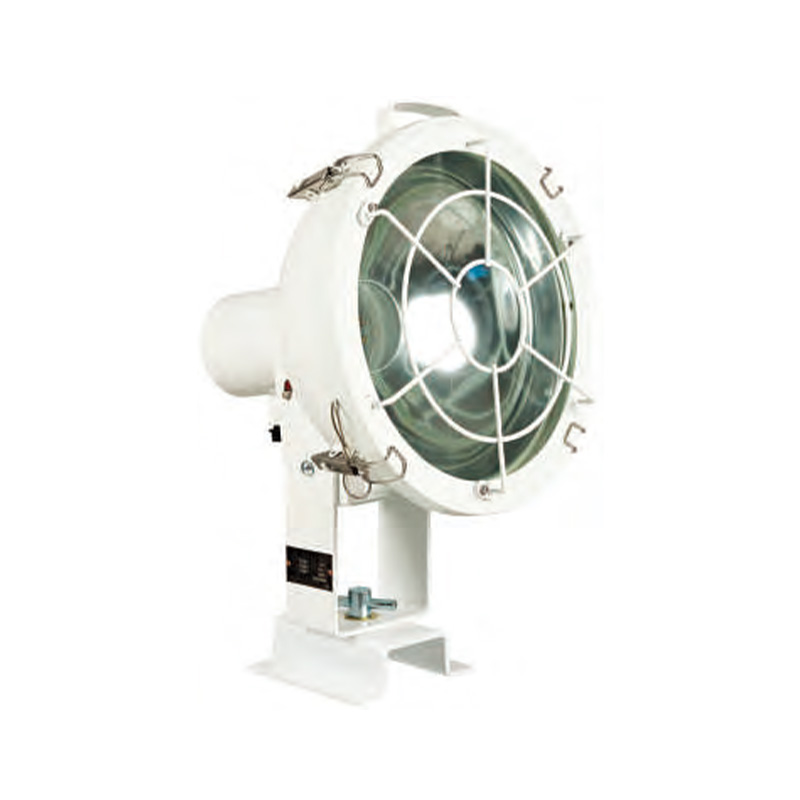
3. LED Technology
The majority of IP68/IP69K marine spotlights use high-performance LEDs, not the traditional halogen or HID bulb. LEDs have numerous advantages, such as a long-lasting duration, low energy consumption, low heat production, and greater brightness. This makes the LED spotlights perfect for vessels with the power of a small amount.
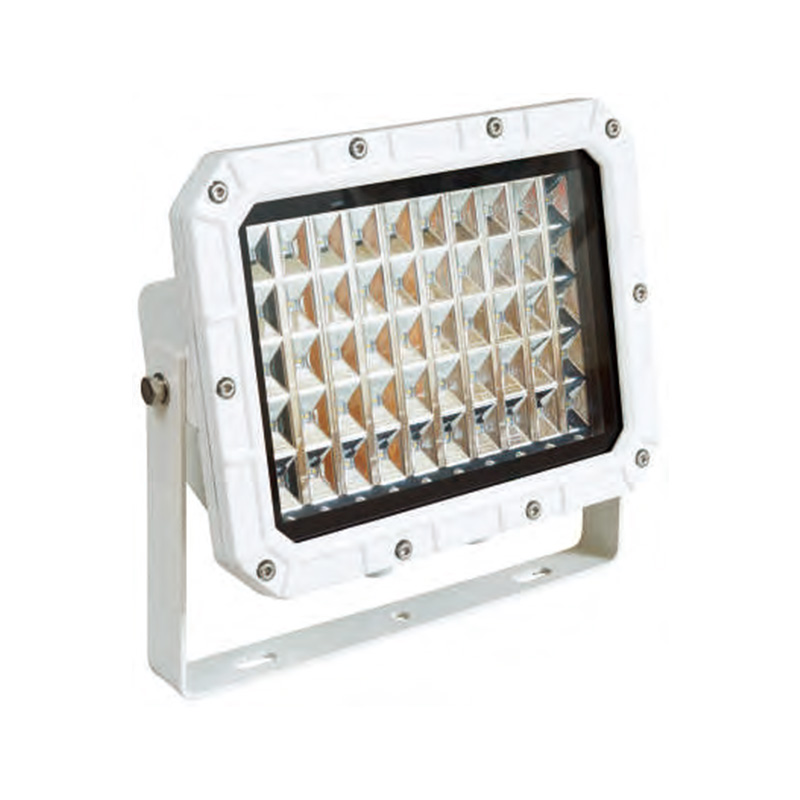
4. Shock and Vibration Resistance
Marine spotlights are typically placed on masts, decks, or cabins – areas subjected to the constant vibrations of waves, engines, and motion. IP68 and IP69K models are built with shock-absorbing mounts, vibration-resistant parts and reinforced housings to ensure optical alignment and electrical stability in turbulent conditions.
5. Thermal Management Systems
To keep performance constant in different ambient temperatures, particularly in the case of extended usage the spotlights are equipped with efficient thermo-management systems. Features such as integrated heat sinks and temperature-regulating circuits help prevent overheating, which is crucial for protecting LED performance and ensuring safe operation.
6. Precision Beam Control
Marine applications require focused and flexible lighting. IP68/IP69K marine spotlights are constructed with reflectors and lenses that are optical which allow for narrow or wide beam angles. Some models have remote-controlled tilt and pan functions or zoomable beams, which allow users to tailor the lighting to specific requirements like docking, navigation or search and rescue.
7. Multi-Voltage Compatibility
Due to the variety of power systems available across vessels, a lot of these spotlights work with 24V, 12V as well as 48V DC units and some models can be used with the dual use of AC/DC. This makes them ideal for a range of marine and offshore equipment.
8. User-Friendly Controls and Integration
Advanced models come with wireless remote control and touch panel interfaces or integration with digital control system. This user-friendly approach allows operators to manage beam direction, intensity, and lighting modes without manual adjustments–improving safety and convenience.
9. Low Maintenance Requirements
Because of the sealed structure, corrosion resistant material and long-lasting LEDs, IP68/IP69K marine spotlights need little maintenance. This means less downtime and lower maintenance costs, especially for boats where access to mounted lighting could be a challenge or even dangerous.
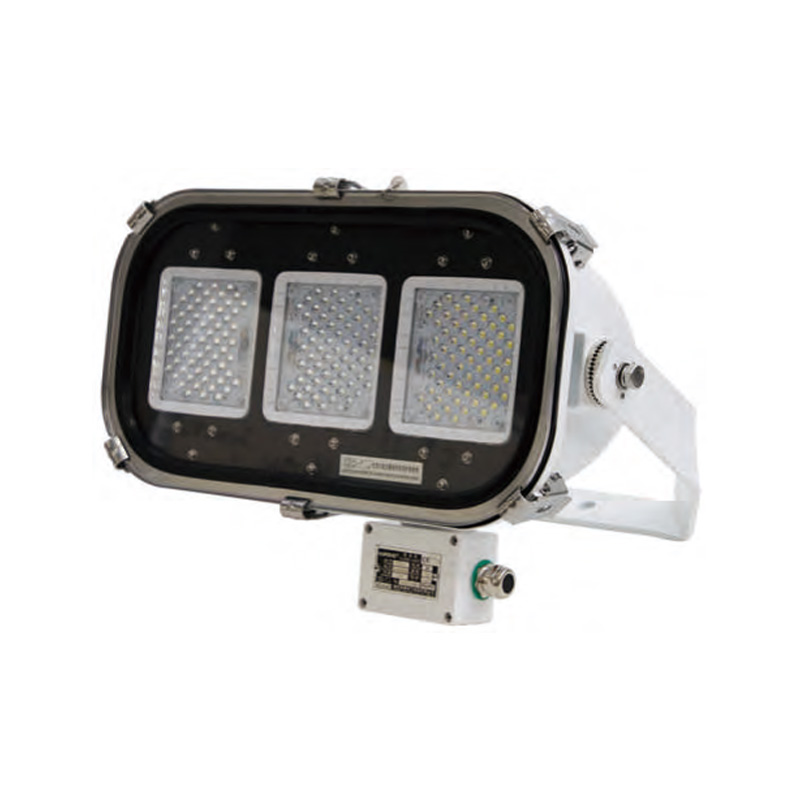
Typical Applications of IP68/IP69K Marine Spotlights
| Application Area | Description | Why Spotlight is Needed | Ideal IP Rating |
| Navigation Lighting | Make sure you are safe and have visibility at night or in fog navigation. | Continuous exposure to rain, spray and the wind. | IP68 |
| Search and Rescue Operations | Large search areas are illuminated for finding objects or people on the sea. | It is essential to operate in extreme conditions, and in storms. | IP68/IP69K |
| Docking and Mooring | Helps crews dock vessels safely and ensures moorings are secure. | The operation is near the waterline. splashes and water immersions are common. | IP68 |
| Deck Illumination | It provides lighting for areas of work as well as safety zones. | Regular washing downs and mechanical cleaning on vessels that are in use. | IP69K |
| Fishing Vessels | Assists in handling nets Sorting, evening fishing tasks. | Exposure exposed to water, salt as well as rough handling. | IP68/IP69K |
| Offshore Oil Platforms | For night inspection for emergency lighting, night inspection, in addition to safety lighting. | Need to withstand continuous salinity, ultraviolet and power-washing. | IP69K |
| Military and Patrol Boats | Allows for strategic actions, lights for the perimeter and tracking. | Must be able to stand up to extreme vibrations, intense immersion, and regular cleaning. | IP68/IP69K |
| Commercial Shipping | Lights for the cargo area for port and cargo operations. | Work in harsh industrial marine conditions, with a constant wear. | IP69K |
| Yachts and Leisure Craft | It provides elegant and functional lighting for cabins, decks and for navigation. | Aesthetics that are reliable under varying weather conditions and occasionally submerged. | IP68 |
| Underwater or Submerged Use | Provides support for underwater inspections and hull illumination and research equipment for marine use. | This requires constant underwater performances. | IP68 |
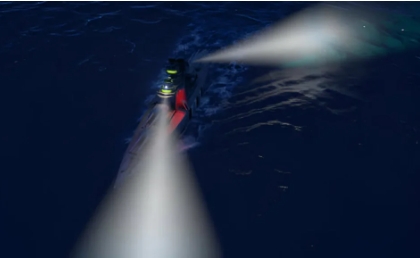
Installation & Maintenance Tips for IP68/IP69K Marine Spotlights
| Tip Category | Tip | Purpose |
| Mounting Location | Select elevated or secured places away from continuous impact or complete immersion. | Reduces physical injury and reduces excessive exposure to water and other debris. |
| Hardware Selection | Make sure to use marine-grade stainless steel or brackets that resist corrosion and screws. | Protects against rust and ensures a the integrity of the mounting over time. |
| Wiring & Sealing | Make use of water-proof connectors or heat-shrink tubing. Also, use silicone sealant. | Blocks water from entering electrical connections. |
| Testing Before Final Fixing | Connect the light and test it before tightening the bolt. | Lets beam direction and performance adjustment. |
| Lens Cleaning | Cleanse lenses frequently with fresh water and an ointment-like cloth. | Maintains clarity and light output by removing dirt and salt. |
| Seal & Housing Inspection | Look whether there are cracks or UV damages or corrosion of the housing or gaskets. | This ensures that it is ensures that the IP rating is maintained and helps prevent water leakage. |
| Thermal Considerations | Do not install near sources of heat or in enclosures that are not ventilated. | Reduces the risk of overheating and increases the battery life. |
| Post-Cleaning Checks | Test spotlight function following the pressure washing. | It detects leaks in seals or internal condensation in the early stages. |
| Spares and Tools | Store any spare light fixtures, brackets and tools for waterproof wiring onboard. | Enables quick replacement or emergency repairs at sea. |
| Follow Manufacturer Guidelines | Follow the installation torque, voltage specifications, and maintenance directions from the instruction manual. | Assists in ensuring warranty compliance and correct performance based on model’s design. |

Summary
For vessels and offshore platforms, operating in harsh conditions, IP68/IP69K rated marine spotlights provide unparalleled reliability and protection. Through resisting water ingress, dust, and high-pressure washing, the spotlights provide uninterrupted visibility and safety.
